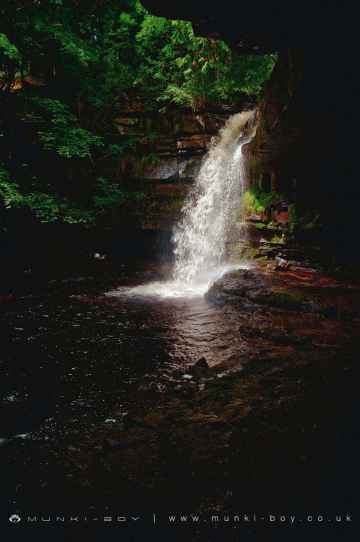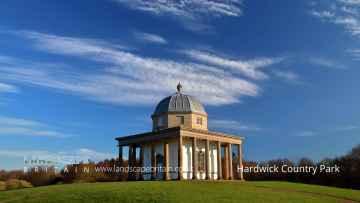Brandon
Brandon is a Village in the county of County Durham.
Brandon postcode: DH7 8NS
There are great places to visit near Brandon including some great waterfalls, towns, country parks and airports.
There are a number of waterfalls near to Brandon including Summerhill Force.
Towns to visit near Brandon include Stockton-on-Tees, and Middleton-in-Teesdale.
Hardwick Country Park is a great place to visit close to Brandon if you like country parks.
Teesside International Airport is one of Brandon's best, nearby airports to visit in Brandon.
Brandon History
There are some historic monuments around Brandon:
Places to see near Brandon
History of Brandon
The Domesday Book records that the manor of Brandon in 1086 had 25 households. In medieval times and beyond Brandon was renowned for its rabbit fur. On 14 May 1789, the town suffered a Great Fire, a report of which can be found at the Brandon Heritage Centre. While all the young men were away at a fair day in nearby Thetford, a fire caused by a lightning strike set fire to the surgeon’s house which quickly spread to the surrounding properties. Eleven houses were damaged and 8 of them were completely destroyed. The hardest hit was Francis Diggon, the saddler, who lost all of his property and possessions, costing a total of 381 pounds, 2 shillings. Brandon’s first cinema was brought to the town by Stanley Lingwood toward the end of 1917. Stanley had just been pensioned out of the Army due receiving a very severe hand wound at The Somme and his father, a wealthy furrier in the town named Palmer Lingwood, died that same time. He purchased the cinema from Shropshire and erected it between the family home, Avenue House, and the Church Institute, along Victoria Avenue. It was a wooden building and he named the cinema ‘Electric Palace’, and it stayed in his possession until December 1933 when he sold it to a King’s Lynn businessman named Ben Culey, who had a cinema in neighbouring Thetford. Six months after Ben purchased the cinema it burnt to the ground in a mysterious fire and in February 1935 he opened another cinema on the site of the burned down one, which he named ‘AVENUE’.












